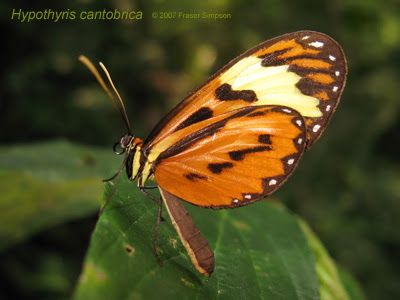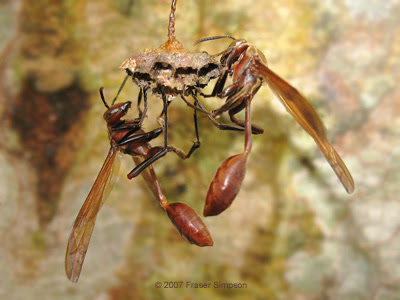“whee WHEEE-OOO” or “pee EEEEE aaaaa”
If you’ve been to the Amazon or watched documentaries on the Amazon you’ll have heard the ear-splitting song of the Screaming Piha, The song is sometimes dubbed into movies and even sampled into music tracks, presumably to give it that tropical sounding vibe. Screaming Pihas form leks, though males and females look alike, and if you’re close in on the vocal contests of several males (where you’ll see them throwing their heads back before and during), it can get quite uncomfortable on the ears. These birds seemingly have something to prove to the females as they are otherwise an uninspiring dull-coloured bird of the mid-level forest.























































